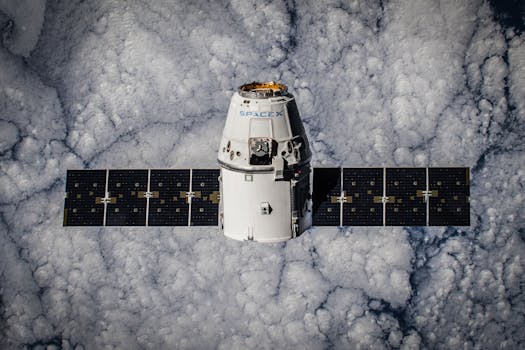
The Future of Satellites: Revolutionizing Global Communication and Exploration
Future of satellites is an exciting and rapidly evolving field, with new technologies and innovations emerging every day. The use of satellites has become an essential part of our daily lives, from navigation and communication to weather forecasting and earth observation.
Introduction to Satellites
Future of satellites started with the launch of the first artificial satellite, Sputnik 1, by the Soviet Union in 1957. Since then, thousands of satellites have been launched into space, and they have become an integral part of our global communication and exploration systems. Satellites are used for a wide range of applications, including navigation, communication, weather forecasting, earth observation, and space exploration.
Advancements in Satellite Technology
There have been significant advancements in satellite technology in recent years, with the development of new materials, propulsion systems, and communication technologies. One of the most significant advancements is the use of small satellites, also known as cubesats, which are smaller, cheaper, and more efficient than traditional satellites. These small satellites have made it possible for private companies and individuals to launch their own satellites into space, opening up new opportunities for innovation and exploration.
Another significant advancement is the development of satellite constellations, which are groups of satellites that work together to provide global coverage and connectivity. These constellations are being used to provide internet access to remote and underserved communities, as well as to support the growing demand for satellite-based services such as navigation and communication.
Applications of Satellites
Satellites have a wide range of applications, from navigation and communication to weather forecasting and earth observation. One of the most significant applications of satellites is in the field of navigation, where they are used to provide location information and timing signals to GPS receivers on the ground. Satellites are also used for communication, providing internet access, phone services, and television broadcasting to remote and underserved communities.
Satellites are also used for weather forecasting, providing images and data on cloud patterns, storm systems, and other weather phenomena. They are also used for earth observation, providing images and data on the environment, climate change, and natural resources. Additionally, satellites are used for space exploration, providing a means of studying the universe and searching for signs of life beyond Earth.
Challenges and Opportunities
Despite the many advancements and applications of satellites, there are also challenges and opportunities that need to be addressed. One of the biggest challenges is the growing amount of space debris in Earth’s orbit, which poses a risk to the safety and sustainability of satellite operations. Another challenge is the need for more efficient and sustainable propulsion systems, as well as the development of new materials and technologies to support the growing demand for satellite-based services.
There are also opportunities for innovation and entrepreneurship in the satellite industry, with new companies and technologies emerging every day. The use of satellites is also becoming more accessible and affordable, with the development of small satellites and satellite constellations. Additionally, the growing demand for satellite-based services is creating new opportunities for investment and growth in the industry.




